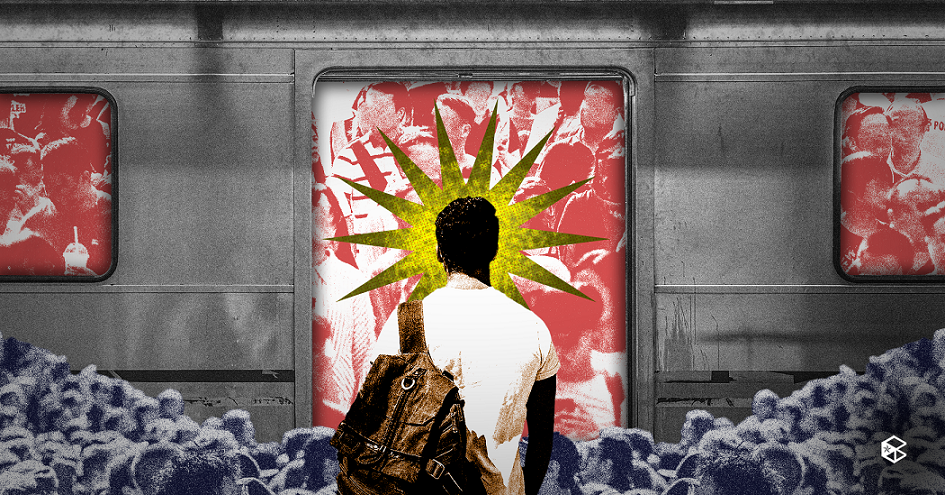Commuting in the Philippines is a daily struggle for many individuals who rely on trains to get to work, school, and other activities. Though the country’s railway systems have undergone improvements in recent years, it’s still plagued with many problems that make the commuting experience a nightmare for passengers.
Today, the Philippine railway system is divided into three main lines: the Manila Light Rail Transit System (LRT), the Manila Metro Rail Transit System (MRT), and the Philippine National Railways (PNR). The LRT and MRT are located in Metro Manila and serve as mass transit systems for the city's residents. The PNR, on the other hand, provides intercity transportation and connects major provinces in Luzon, including Manila, Legazpi, and Bicol.
The LRT and MRT systems have experienced significant growth in recent years. The LRT Line 1, which runs from Baclaran to Roosevelt, has added more trains and increased its frequency of service, reducing waiting times and improving the overall passenger experience. The MRT, which runs along EDSA, the main highway in Metro Manila, has also added more trains and improved its station facilities, making it a faster and more convenient option for commuters. Additionally, plans are underway to expand both the LRT and MRT systems, with new lines being built to serve more areas in the metro and provide better connectivity for passengers.
Despite these improvements, the LRT and MRT systems continue to face challenges. One of the most pressing issues is the chronic overcrowding of trains. The LRT and MRT lines were built to accommodate a fraction of the current passenger volume, leading to daily scenes of commuters packed like sardines in trains. The lack of additional trains and the inadequate expansion of the existing lines have contributed to this problem.
Another problem is the frequent breakdowns and technical glitches that disrupt train services. Passengers are often left stranded on train platforms or stuck in trains for hours, leading to lost time and productivity. The aging infrastructure of the LRT and MRT systems and the lack of proper maintenance are some of the factors that contribute to these disruptions.
The lack of security is also a significant concern for passengers using the LRT and MRT systems. Reports of theft, harassment, and violence on trains and at stations are not uncommon, leading to a sense of insecurity among commuters. The absence of adequate security personnel and poor implementation of safety measures have contributed to this problem.
In addition, the cost of commuting using the LRT and MRT is also a burden. With the recent fare hike, it is a significant expense for low-income families who rely on these trains as their primary means of transportation.
Meanwhile, the PNR has also faced challenges in terms of its infrastructure and operations. The first issue is the limited coverage of the PNR network. The PNR operates only a limited number of trains in Metro Manila and some parts of Luzon, leaving most Filipinos living outside these areas without access to train travel. This lack of a comprehensive railway network has resulted in long travel times and increased traffic congestion on roads.
Another problem is the chronic shortage of trains. The PNR has not kept pace with the growing population and increasing demand for reliable public transportation, leading to overcrowded trains and long wait times for commuters. Passengers are often forced to stand or sit on the floor during their journeys, making the commute uncomfortable and unpleasant.
Additionally, the trains are often old and poorly maintained, resulting in frequent breakdowns and delays. This causes inconvenience for commuters and leads to lost time and productivity. The air conditioning systems of the trains also tend to break down, making the journey unbearable during hot and humid weather.
The struggle of commuting by train is a reality for millions of Filipinos. But until issues are resolved, the daily commute for many Filipinos will remain a struggle, impacting their quality of life and productivity. The government must prioritize improving the public transportation system to make it more efficient, reliable, and accessible for all Filipinos.


